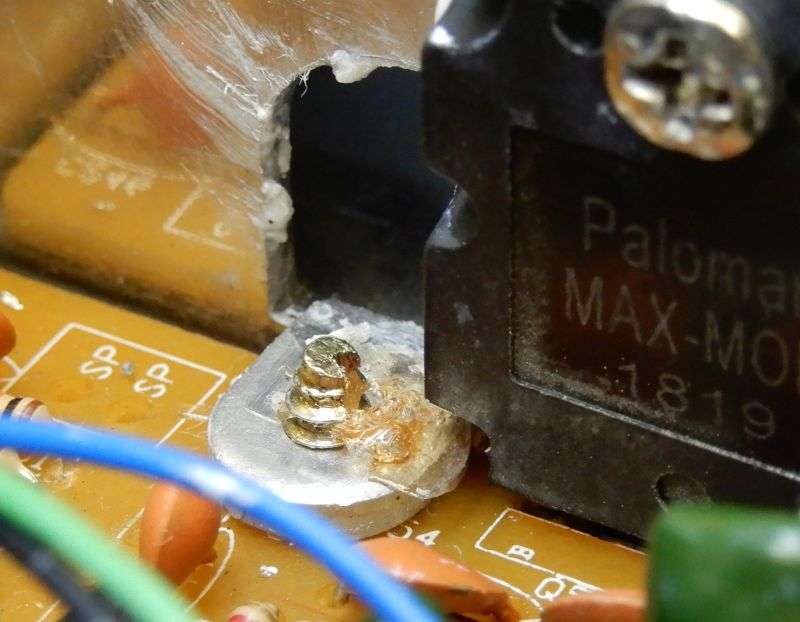"I'm not sure how his name came up but I just asked a simple question since if one generates more heat or draws more current to achieve the same result then it must be an inferior component." -Rabbiporkchop
sigh. the shell game continues.
Here, Rabbi expects us to believe that his question has nothing to do with the video that FTCB put up just yesterday:
"Whichever component requires the least amount of heat sink would probably be the best component to choose at least that's what common sense would dictate." -Rabbiporkchop
well it's a good thing that manufacturers of electronic devices require their engineers to have actual degrees instead of just 'common sense' since many times things seem counter intuitive when you don't know what you are looking for.
for example, putting a heat probe on the back of a transistor in order to test how efficient it is. common sense might tell you that the transistor that gets the heat to the back of the transistor faster would be the more efficient transistor.
which transistor would that be in the video?
see what i mean about 'common sense'?
Rabbi, i'm not making this stuff up, go read the page i linked to earlier. it's all right there.
as i said before, i'm willing to give Mark the benefit of the doubt that he's just ignorant, and not being intentionally deceiving.
LC
EDIT: i guess i didn't put the link in my earlier post.
here it is:
https://www.electronicspoint.com/forums/resources/do-i-need-a-heatsink-how-big.29/




